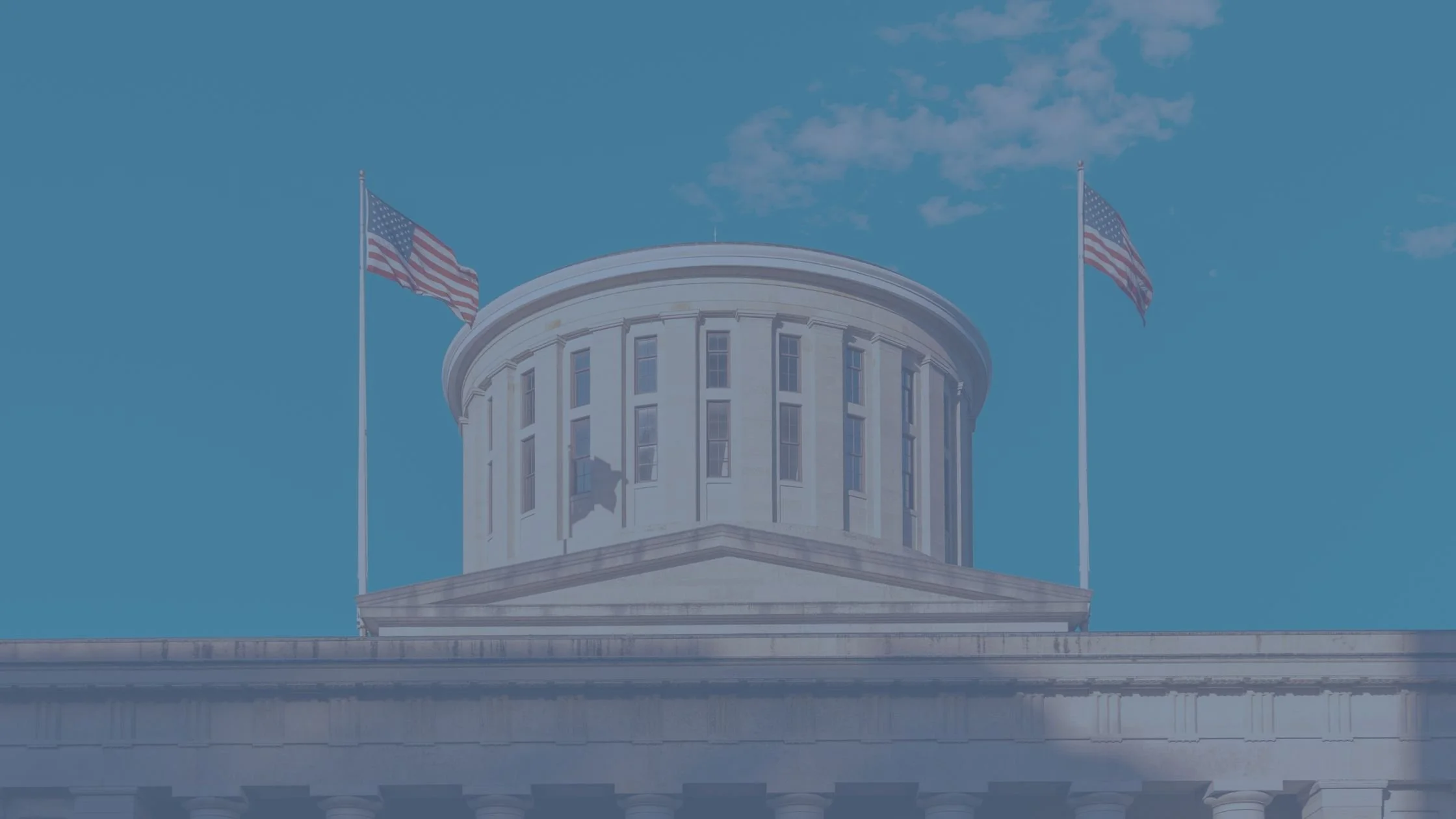Much has happened in the East Palestine community in the past year and a half since the Norfolk Southern train derailment – lawsuits have been filed, government investigations were carried out, and laws were proposed in response. Many nonprofit organizations, including Fair Shake, have worked to help the community deal with the accident and the collective response.
The landscape of environmental activism post-Chevron
Fair Shake's Earth Day Highlights
We hope everyone found a meaningful way to celebrate Earth Day, whether by planting trees, participating in a community actions, or simply spending time appreciating the beauty of nature. Our team marked the occasion by planting pollinator gardens, launching a little seed library in their neighborhood, and talking to their children about power and decision-making in our local governance.
Get to know a little bit about our team below & let's continue to prioritize environmental stewardship every day, ensuring a healthier planet for future generations.
24 Women and Non-Binary Environmentalists to Know in 2024
Fair Shake Environmental Legal Services would like to highlight these twenty-four champions of the environment in honor of Women’s History Month 2024. The Climate Crisis is not gender neutral—uplifting the voices of women and non-binary environmentalists is crucial to building sustainable environmental justice and conservation efforts. We want to take the time to celebrate the contributions of these amazing advocates and the inspiration they continue to provide us with to live in harmony with our planet and fiercely protect the places where we live, work, and play.
















